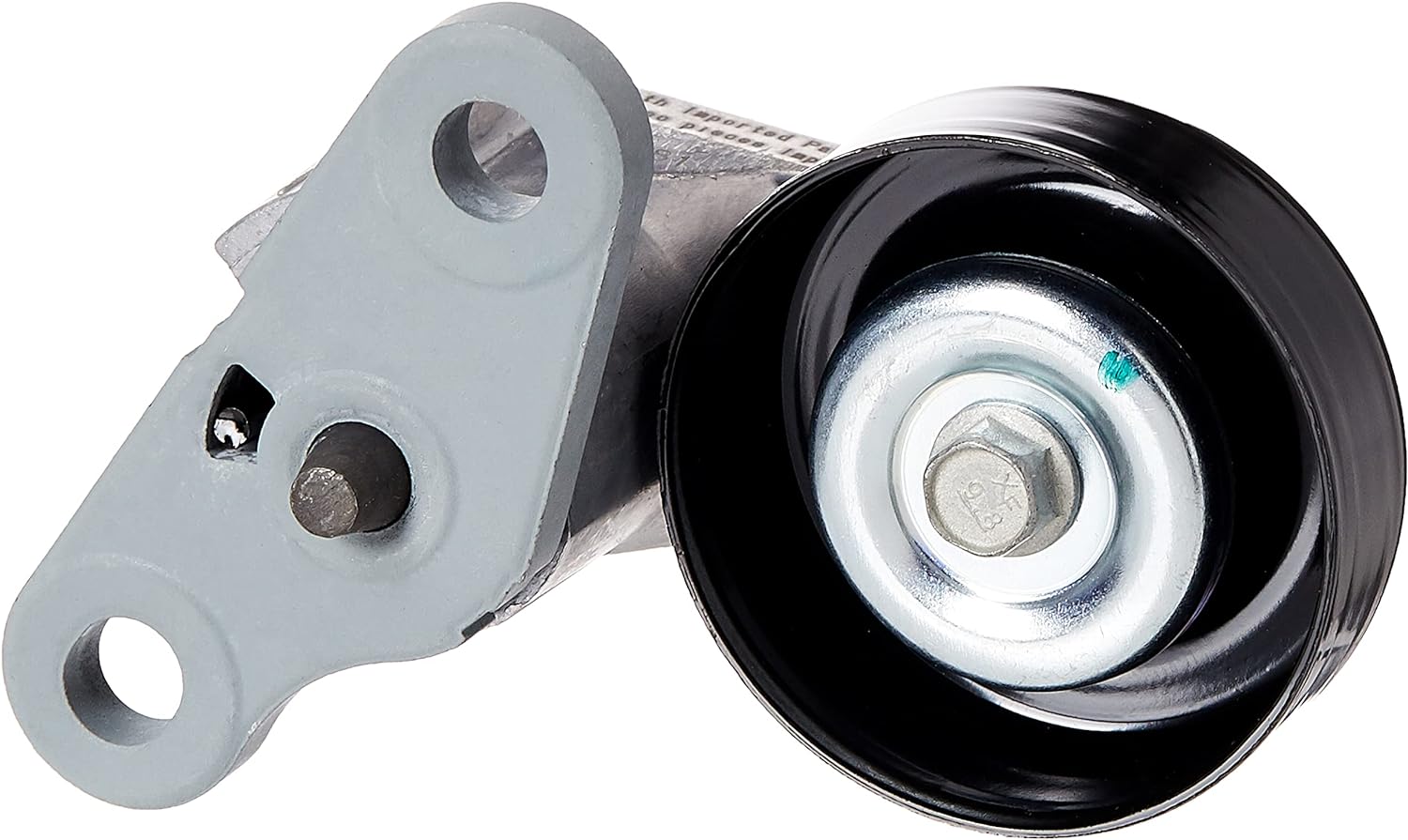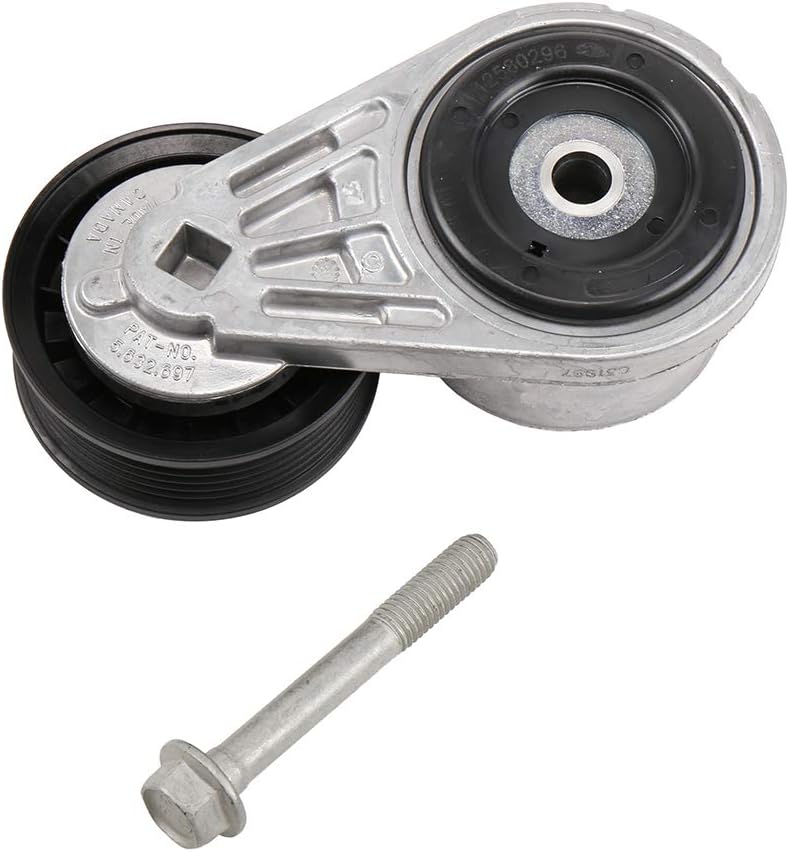Product Description
AUDI BELT TENSIONER 036109243J 036109243G 036109243D
OEM:036109243J 036109243G 036109243D
REF NO:
ATB2322
FEBI 21764
CZPT T43090
CZPT
RUVILLE 55430
CZPT VKM11114
SIZE:60*27
Product Parameters
|
OEM NO. |
036109243J 036109243G 036109243D |
| Application | AUDI |
|
Place of Origin |
ZHangZhoug, China |
|
Material |
Aluminium |
| Product Name |
Tensioner Pulley |
|
Reference NO. |
|
|
Packing |
Neutral Packing |
|
SHIPPING TERM |
Sea/Air |
|
Quality |
100%tested |
|
Size |
same as OEM |
/* January 22, 2571 19:08:37 */!function(){function s(e,r){var a,o={};try{e&&e.split(“,”).forEach(function(e,t){e&&(a=e.match(/(.*?):(.*)$/))&&1
| After-sales Service: | 1 Year |
|---|---|
| Warranty: | 1 Year |
| Type: | Engine |
| Samples: |
US$ 30/Piece
1 Piece(Min.Order) | Order Sample |
|---|
| Customization: |
Available
| Customized Request |
|---|
.shipping-cost-tm .tm-status-off{background: none;padding:0;color: #1470cc}
| Shipping Cost:
Estimated freight per unit. |
about shipping cost and estimated delivery time. |
|---|
| Payment Method: |
|
|---|---|
|
Initial Payment Full Payment |
| Currency: | US$ |
|---|
| Return&refunds: | You can apply for a refund up to 30 days after receipt of the products. |
|---|

How do drive belt tensioners enhance the overall efficiency and lifespan of drive belts in various automotive and industrial applications?
Drive belt tensioners play a crucial role in enhancing the overall efficiency and lifespan of drive belts in various automotive and industrial applications. They ensure proper tensioning of the belts, which is essential for optimal power transmission, reduced slippage, and prolonged belt life. Here’s a detailed explanation of how drive belt tensioners enhance efficiency and lifespan:
- Optimal Tension:
- Reduced Slippage:
- Prevention of Belt Misalignment:
- Improved Belt Life:
- Reduced Maintenance:
Drive belt tensioners maintain the proper tension in the belts, which is crucial for efficient power transmission. Tensioners apply the correct amount of force to keep the belt tightly engaged with the pulleys or sprockets. This optimal tension minimizes belt slippage, ensuring efficient power transfer from the driving pulley to the driven components. By maintaining the correct tension, tensioners maximize the efficiency of the belt-driven system, enabling the components to operate at their designed speeds and deliver the intended performance.
Slippage between the belt and the pulleys can lead to energy losses and reduced efficiency in automotive and industrial applications. Drive belt tensioners help minimize belt slippage by ensuring proper tension throughout the operating range. The tensioner’s role is to keep the belt under sufficient tension, preventing it from slipping or losing contact with the pulleys during operation. By reducing slippage, tensioners optimize power transmission efficiency, allowing the system to operate with minimal energy losses and improved overall efficiency.
Belt misalignment can cause uneven loading, increased wear, and reduced belt life. Drive belt tensioners help prevent belt misalignment by maintaining consistent tension and keeping the belt properly aligned with the pulleys or sprockets. Tensioners with alignment features, such as guide rollers or pulley systems, guide the belt and ensure it remains in the correct position. By preventing belt misalignment, tensioners contribute to the even distribution of load and reduce the risk of premature wear or failure of the belt.
Proper tensioning provided by drive belt tensioners significantly extends the lifespan of drive belts. When belts are undercorrect tension, excessive stress or slack can lead to accelerated wear, stretching, and premature failure. Tensioners help maintain the optimal tension that allows the belt to operate within its designed parameters, reducing the risk of wear and elongation. By promoting the correct tension, tensioners contribute to prolonged belt life, reducing the frequency of belt replacements and associated maintenance costs.
Efficient and reliable drive belt tensioners minimize the need for frequent maintenance or adjustments. Tensioners designed for durability and longevity can operate for extended periods without requiring significant maintenance interventions. By ensuring consistent tension and reducing belt wear, tensioners minimize the likelihood of unexpected belt failures or the need for frequent re-tensioning. This results in reduced maintenance requirements, increased system uptime, and improved overall productivity in automotive and industrial applications.
In summary, drive belt tensioners enhance the overall efficiency and lifespan of drive belts in automotive and industrial applications by maintaining optimal tension, reducing slippage, preventing belt misalignment, improving belt life, and reducing maintenance requirements. By providing the necessary tension and ensuring proper belt operation, tensioners optimize power transmission efficiency, minimize wear, and contribute to the reliable and long-lasting performance of drive belts in a wide range of applications.

What are the common signs of improper drive belt tension, and how can tensioners address these issues?
Improper drive belt tension can lead to various issues in the operation of a belt-driven system. Recognizing the signs of improper tension is crucial for timely correction and avoiding potential damage. Drive belt tensioners play a significant role in addressing these issues by ensuring the proper tension of the belt. Here are the common signs of improper drive belt tension and how tensioners can address these issues:
- Belt Slippage:
- Belt Noise:
- Excessive Belt Wear:
- Accessory Component Failure:
- System Misalignment:
One of the most noticeable signs of improper belt tension is belt slippage. If the tension is too low, the belt may slip on the pulleys, resulting in reduced power transmission efficiency and a squealing sound. Drive belt tensioners address this issue by applying additional tension to the belt, ensuring it maintains proper contact with the pulleys. By increasing the tension, tensioners prevent belt slippage and allow for efficient power transfer.
Improper belt tension can also lead to excessive noise during belt operation. When the tension is not within the recommended range, the belt may vibrate, causing a whining or squeaking noise. Drive belt tensioners help address this issue by maintaining the correct tension, minimizing vibrations, and reducing belt noise. By ensuring optimal tension, tensioners contribute to quieter and smoother belt operation.
If the belt tension is too high or too low, it can accelerate belt wear. Over-tensioning can cause increased friction and wear on the belt and pulleys, leading to premature belt failure. Under-tensioning, on the other hand, can result in belt slipping, which also contributes to wear. Drive belt tensioners play a crucial role in addressing this issue by applying the appropriate tension to the belt. By maintaining the optimal tension, tensioners help minimize belt wear, extending the belt’s lifespan and reducing the need for frequent replacements.
Improper belt tension can have a cascading effect on the components driven by the belt, such as alternators, water pumps, or power steering pumps. Insufficient tension can cause these components to operate at suboptimal speeds or even fail to function altogether. Excessive tension, on the other hand, can subject the components to excessive stress, leading to premature wear or failure. Drive belt tensioners help address this issue by maintaining the proper tension, ensuring that the driven components receive the necessary power and operate within their designed parameters. By preventing component failure, tensioners contribute to the overall reliability and performance of the belt-driven system.
Improper belt tension can also cause system misalignment, where the belt deviates from its intended path across the pulleys. Misalignment can lead to uneven belt wear, increased friction, and potential damage to the belt and pulleys. Drive belt tensioners help address this issue by guiding the belt and ensuring proper alignment. Tensioners with idler pulleys or adjustable arms help maintain the correct belt path, minimizing misalignment and its associated problems.
In summary, the common signs of improper drive belt tension include belt slippage, belt noise, excessive belt wear, accessory component failure, and system misalignment. Drive belt tensioners address these issues by applying the proper tension to the belt, preventing slippage, reducing noise, minimizing wear, ensuring the proper operation of accessory components, and maintaining belt alignment. By effectively addressing these signs of improper tension, tensioners contribute to the overall reliability, efficiency, and longevity of belt-driven systems.

Can you explain the importance of proper tensioning for drive belts in various machinery and vehicles?
Proper tensioning of drive belts is of utmost importance in various machinery and vehicles. Maintaining the right level of tension ensures optimal performance, longevity, and reliability of the belt drive system. Here’s a detailed explanation of the importance of proper tensioning for drive belts:
- Efficient Power Transmission:
- Preventing Belt Slippage:
- Reducing Wear and Fatigue:
- Optimizing Belt Life and Performance:
- Adapting to Load Variations:
- Enhancing System Reliability:
Proper tensioning is crucial for efficient power transmission in machinery and vehicles. When a drive belt is under-tensioned, it can slip on the pulleys, resulting in power loss and reduced performance. Insufficient tension leads to inadequate friction between the belt and the pulleys, compromising the transfer of power from the driving pulley to the driven pulley. By maintaining the correct tension, drive belts remain properly engaged with the pulleys, ensuring maximum power transfer and efficient operation of the machinery or vehicle.
Correct tensioning helps prevent belt slippage, which is a common issue in belt drive systems. Slippage occurs when the belt loses its grip on the pulleys, leading to power loss, decreased efficiency, and potential damage to the belt and pulleys. Proper tension ensures that the belt remains securely in place, creating sufficient friction to prevent slippage even under high loads or sudden changes in speed or torque. By preventing belt slippage, proper tensioning maintains reliable power transmission and protects the integrity of the belt drive system.
Improper tensioning can cause excessive wear and fatigue on drive belts. If a belt is over-tensioned, it experiences increased stress, leading to accelerated wear and potential premature failure. On the other hand, under-tensioning can cause the belt to flex excessively, leading to fatigue and eventual belt failure. By maintaining the correct tension, drive belts operate within their design limits, minimizing wear and fatigue. Proper tensioning extends the lifespan of the belts, reducing maintenance costs and downtime associated with belt replacements.
Proper tensioning plays a vital role in optimizing the life and performance of drive belts. When belts are correctly tensioned, they operate in their intended range, minimizing stress and strain. This optimal operating condition reduces the risk of belt damage, such as cracking, stretching, or delamination. Additionally, proper tensioning ensures that the belts track properly on the pulleys, preventing misalignment and excessive side loads. By optimizing belt life and performance, proper tensioning contributes to increased reliability, reduced maintenance, and improved overall efficiency of machinery and vehicles.
Drive belts in machinery and vehicles often experience load variations during operation. Proper tensioning allows the belts to adapt to these load changes effectively. When the load increases, the tensioner compensates by applying additional tension to prevent slippage. Conversely, when the load decreases, the tensioner releases some tension to avoid excessive stress on the belt and pulleys. This adaptability ensures that the belts maintain the optimal tension regardless of the varying load conditions, allowing for consistent power transmission and reliable performance.
The proper tensioning of drive belts enhances the overall reliability of machinery and vehicles. By maintaining optimal tension, belts operate within their designed parameters, reducing the risk of unexpected belt failure and associated downtime. Reliable power transmission ensures that machinery operates as intended, minimizing the chances of equipment damage, production delays, and costly repairs. The use of proper tensioning techniques adds a layer of control and stability to the belt drive system, enhancing its overall reliability and ensuring smooth operation.
In summary, proper tensioning of drive belts is essential for efficient power transmission, preventing belt slippage, reducing wear and fatigue, optimizing belt life and performance, adapting to load variations, and enhancing system reliability in various machinery and vehicles. By maintaining the correct tension, drive belts operate effectively, ensuring reliable performance, extended lifespan, and minimized downtime.


editor by CX 2024-04-23